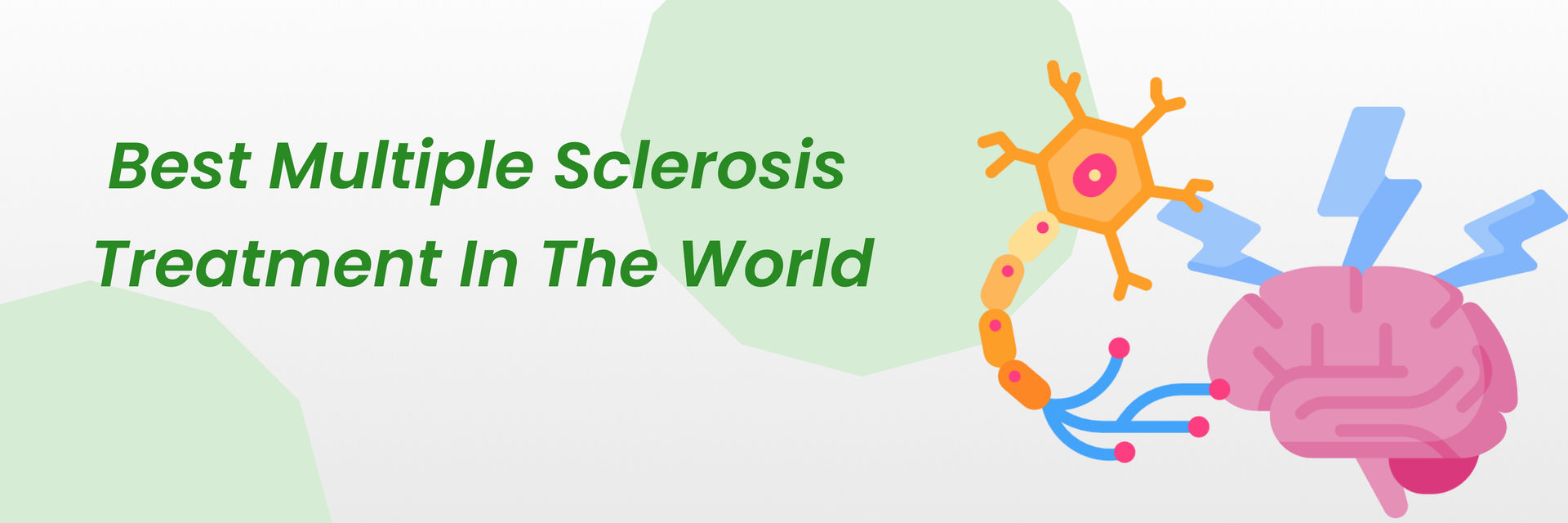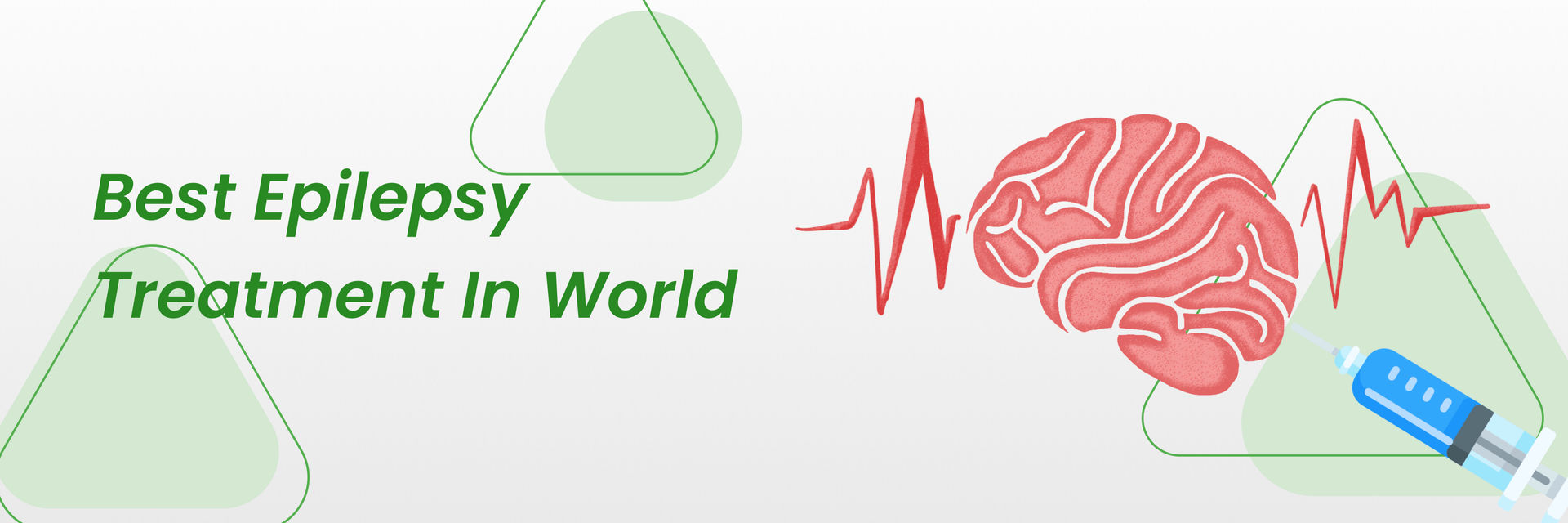Are headaches and migraines the same?
Do you have throbbing aches in your head? Do you think it's a regular headache? Don't hurry to make a decision. What you think of as a common headache can be more dangerous. 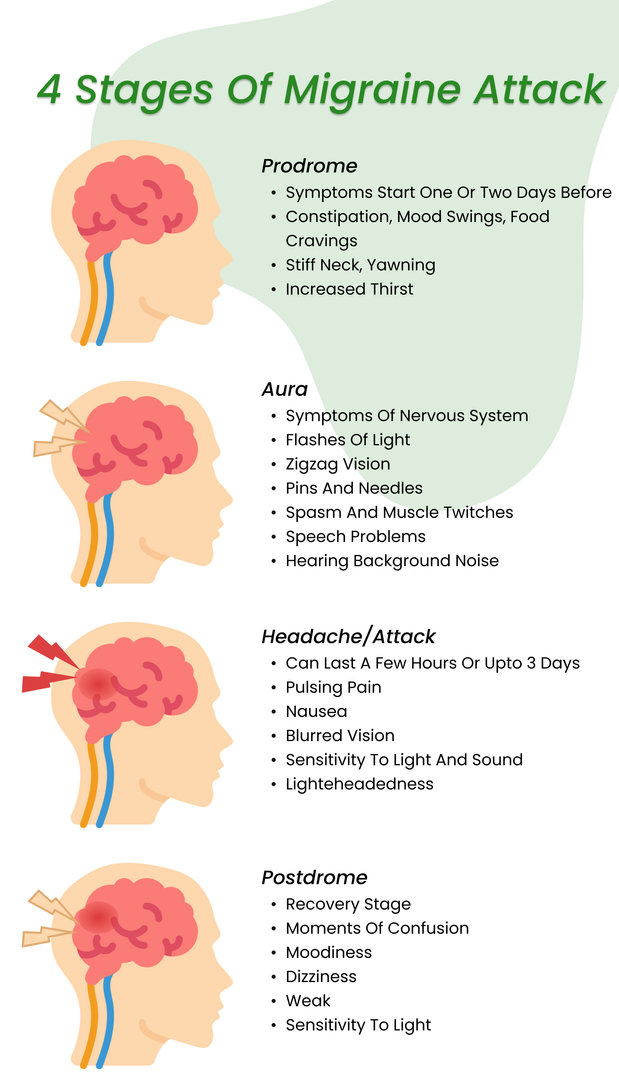
More than 10% of people worldwide suffer from migraines. It is commonly seen within the age group of 20–50 years. In India, 1 – 4 out of 8 people are known to suffer from migraine. Before you call your pain another headache, you must read on to understand how migraines are distinct from headaches.
Many people confuse migraines with headaches. Continue reading below to know the essential difference between the two.
How to distinguish between a migraine and a regular headache?
Migraine is known to impact 1 billion people worldwide, but the diagnosis is negligible compared to its prevalence. The severity and length vary. Migraines are not just severe headaches; headaches are only an indication that you may have a migraine.
Migraine is a neurological disorder that involves nerve pathways and chemicals. There is severe pain on one side of the head.
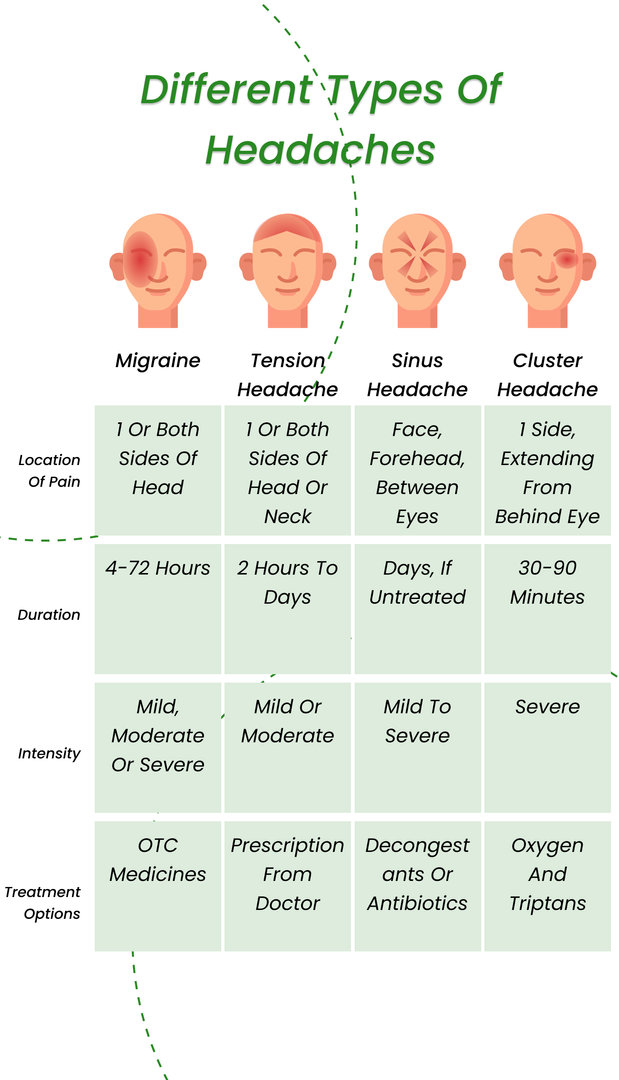
A few symptoms will help you distinguish between a headache and a migraine. You will only experience pain in your head if you have a headache. In addition to head pain, you will also go through the following symptoms during a migraine:
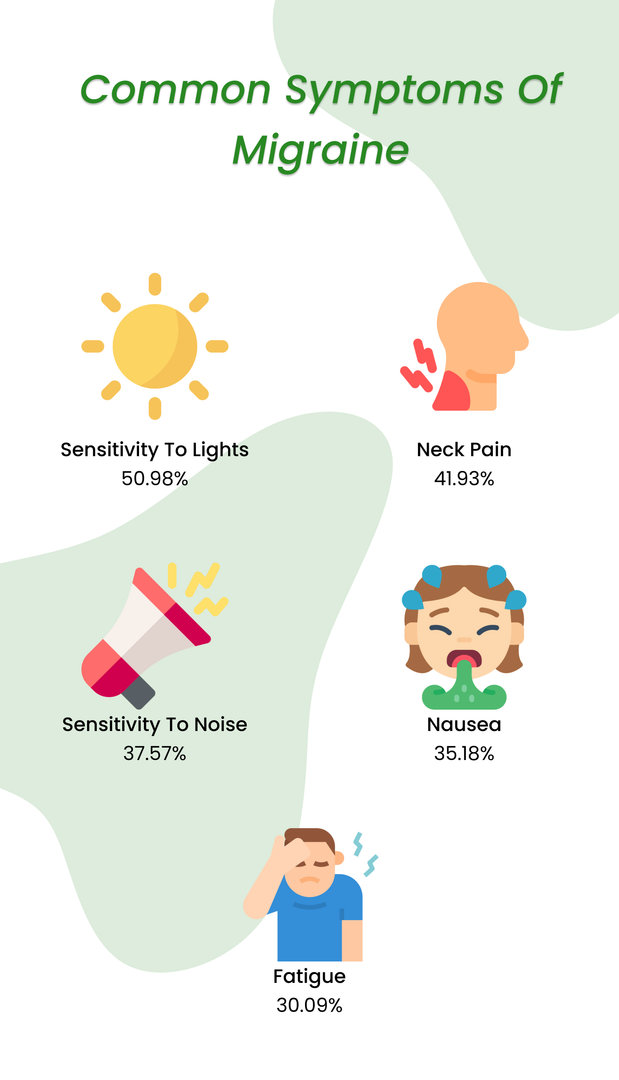
Regarding side effects, migraines are more severe than usual headaches. One of the experts from the popular magazine Autism Parenting Magazine said,
"If you are getting migraine attacks often, there is a chance that you have high blood pressure already. In some cases, migraines can cause high blood pressure. Migraine patients should always stay vigilant about controlling blood pressure. If an individual gets a migraine and develops high blood pressure, there are other risks too. They can have a higher risk of developing cardiovascular diseases. They can also suffer from strokes. Medical research has proven that during a migraine attack, blood pressure gets elevated. It's an automatic response to the severe headache of a migraine."
Before we discuss the new treatment for migraines, let’s go deeper into how to treat migraine attacks! It will help you to understand the need of new medications and advancements required for this treatment.
How to treat migraines?
Migraines can be extremely severe if not treated on time. A neurologist will help you prevent the symptoms and future attacks.
Scientists have found that the fundamental cause of migraines is the release of CGRPs once the trigeminal nerve in the brain gets triggered. Low levels of serotonin are another neurotransmitter responsible for triggering migraines; low levels of this cause migraines.
Hence, new migraine medications have been developed this year to cure the cause, i.e., the imbalance of CGRP and serotonin.
Let us see how they function:
- Gepants (CGRP antagonists) - work by blocking the brain cell receptions at the point of CGRP attachment.
- Titans (Serotonin (5-HT)1F receptor agonists)- binds to brain cell receptors to release serotonin.
These are pain-relieving and preventive medications. While pain-relieving medications help in acute treatment, preventive medications are taken regularly to keep the severity under control.
It is time to look into the newly developed medications approved by FDA. Read along to learn about them.
Migraine treatment has made many developments in the last two years. These include new drugs and delivery systems like nasal sprays, needles, and injections, which are proven to treat migraines earlier than older medications.
Qulipta is the new medication approved by the FDA that helps prevent migraine in adults. The FDA approved Qulipta in September 2022 for the preventive treatment of episodic migraine in adults. It is the second FDA-approved, only oral CGRP receptor antagonist created especially for migraine prevention.
The first was Nurtec ODT which was approved as an acute migraine treatment in 2020. And in May 2022, it received approval as a preventive treatment in adult patients with less than 15 headache days per month. Qulipta works by restraining the activity of CGRP that causes inflammation of the nervous system.
The FDA approved this medication based on comprehensive clinical program information. It assessed QULIPTA's effectiveness, safety, and tolerability in almost 2,000 patients with 4 to 14 migraine days per month.
The critical Phase 2b/3 trial and the Phase 3 long-term safety research from this investigation were both published in The New England Journal of Medicine.
"This approval reflects a broader shift in the treatment and management paradigm for the migraine community. QULIPTA provides a simple oral treatment option specifically developed to prevent migraine attacks and target CGRP, which is believed to be crucially involved in migraine in many patients," said Peter J. Goadsby, M.D., Ph.D., D.Sc., neurologist and professor at the University of California, Los Angeles, and King's College, London.
FDA's decision to approve Qulipta as a preventive medication for migraine is a big step in favor of migraine sufferers. To get a quality treatment you must consult the best neurologists at the top neurology hospitals in India.
Are there any side effects?
Like any other drug, Qulipta can cause mild to serious side effects. Here is a list of some key side effects that may occur while taking Qulipta.
- reduced appetite
- weight loss
- elevated liver enzymes, which may be a sign of liver damage
- nausea
- constipation
- fatigue and tiredness
Note: The Qulipta is the new migraine medication 2022 and its dosage should be prescribed by your doctor. It depends on several factors, including the frequency and severity of your migraine episodes and other health conditions. Taking any medication requires the advice of a doctor.
References:
https://www.neurologylive.com/view/new-treatments-migraine-in-depth-review





